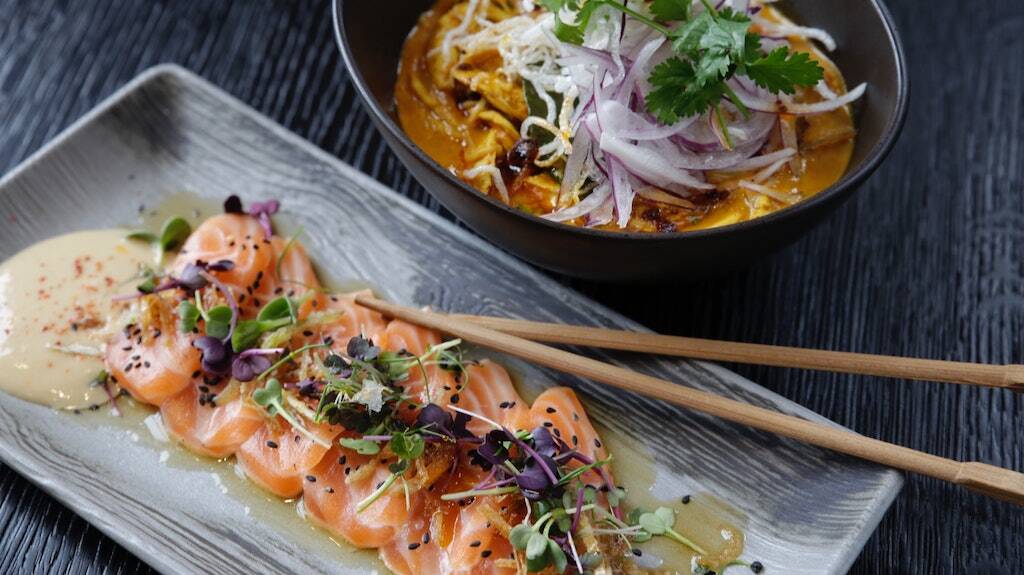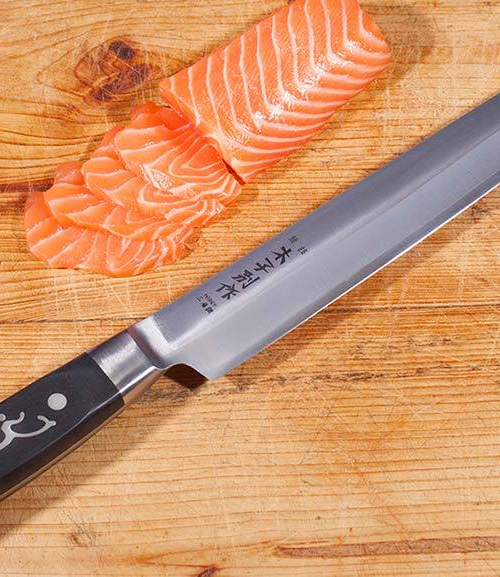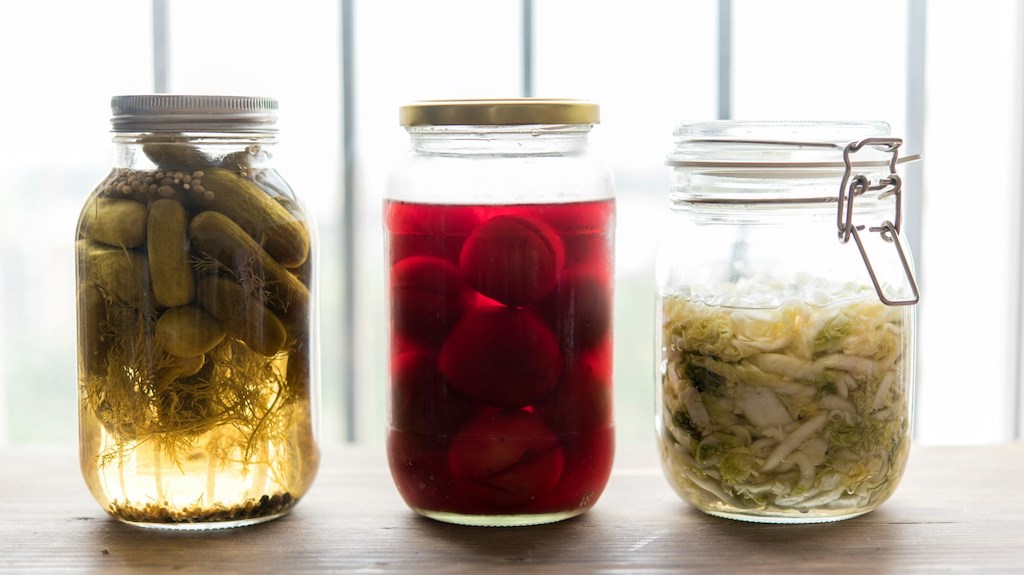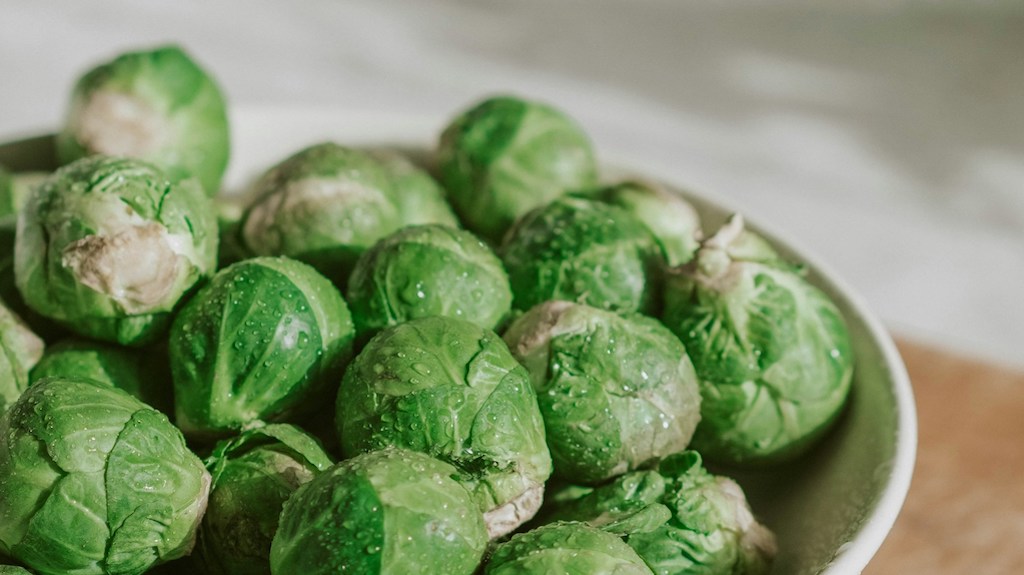Not to be confused with sushi, sashimi is the Japanese term for a dish that comprises raw fish cut into very thin slices, generally using a specialised sashimi knife (like this one) which is flat on one side.
Sushi (also referred to as ‘nigiri’) on the other hand is the Japanese term for any food served on or with vinegared rice seasoned with mirin – rice wine. But just to add to the confusion, sushi can sometimes feature sashimi and there are some types of sashimi that feature other food instead of fish, such as avocado and bamboo or meats including beef, pork and even chicken, horse meat and offal. To each their own.
Also unlike sushi, sashimi is always served on its own, without any rice or other accompaniments (apart from condiments such as wasabi).
Apparently the word ‘sashimi’ means ‘pierced body’ (‘sashi’ meaning ‘pierced’ and ‘mi’ meaning ‘meat’ or ‘body’). The word entered common use in the 1400s and so why the phrase was used is a little unclear – it may have been from a traditional way of serving the fish, with the fish tail and fin attached to one side of the slices to identify which fish was being served, or it may have referred to the fact that the fish were caught with a handline and then immediately killed by piercing the brain with a spike, minimising the lactic acid in the fish and stopping it from degrading quickly.
The Japanese word for ‘slice’ or ‘cut’ is ‘kiri’, but this was not used as everyone was a bit squeamish about using the same word that appeared in ‘hara kiri’. Back then slicing things up was generally left to the Samurai and their katanas.
Today the most popular types of sashimi are tuna (‘fatty tuna’ called ‘toro’, which is pinker and marbled, and red meat tuna ‘akami’) and salmon (‘sake’ or ‘shake’), but there are many other popular types such as yellowtail (‘buri’), bonito (‘katsuo’), pacific saury (‘sanma’), sardine (‘iwashi’), mackerel (‘saba’) and pufferfish (‘fugu’).
This last one, coming in at no. 26 on our recent list of 68 weird and wonderful things eaten around the world, isn’t a totally risk free choice on the menu – if the pufferfish isn’t prepared properly, it can be lethal due to the presence of tetrodotoxin in some of its organs – a neurotoxin also present in the blue-ringed octopus. Fugu is normally served in incredibly thin translucent slices. It apparently goes well with ponzu dipping sauce made from tamari or soy sauce, citrus juice, rice wine (mirin), kelp and bonito flakes.
One of the concerns about sashimi, or in fact any raw meat or fish, is whether it is safe to eat. Food outlets have to abide by rules and regulations that should protect you from any problems, however the rise in preparation of some of these foods at home during COVID lockdowns has prompted the Food Safety Information Council (FSIC) to post guidelines on how to make sure nobody gets a bout of poisoning (or worse) from eating sashimi. They suggest 6 rules…
- Know the source of your fish
- Don’t use home caught fish
- Freeze the fish first – freezing fish for seven days (or longer for larger fish) kills any parasites that may be present
- Wash your hands before and after preparing the fish (soap and water for minimum 20 seconds)
- Wash and scrub all knives, chopping boards, bamboo mats in warm soapy water to remove any food residue and allow to dry
- Rice: cool the rice down quickly – slow cooling can allow toxins to form (FSIC says this is the most important rule to follow)
Once you’ve memorised these rules, the next thing to do is make sure you have a very sharp knife if you’re going to prepare your own, and preferably one with a single bevelled edge, ie flat on one side, which ensures that the food being cut doesn’t stick to the knife.
And of course Total Knife Care has you covered when it comes to preparing sashimi, with the IO Shen Sashimi knife (with the single bevelled edge) and the latest electric knife sharpener in the range – the Nirey KE500 – now featuring special settings for Japanese knife edge profiles. Over to you!
More Info
Sashimi Guide
Sashimi (BBC)
Sashimi (Wikipedia)
How to prepare sashimi by Adam Liaw








